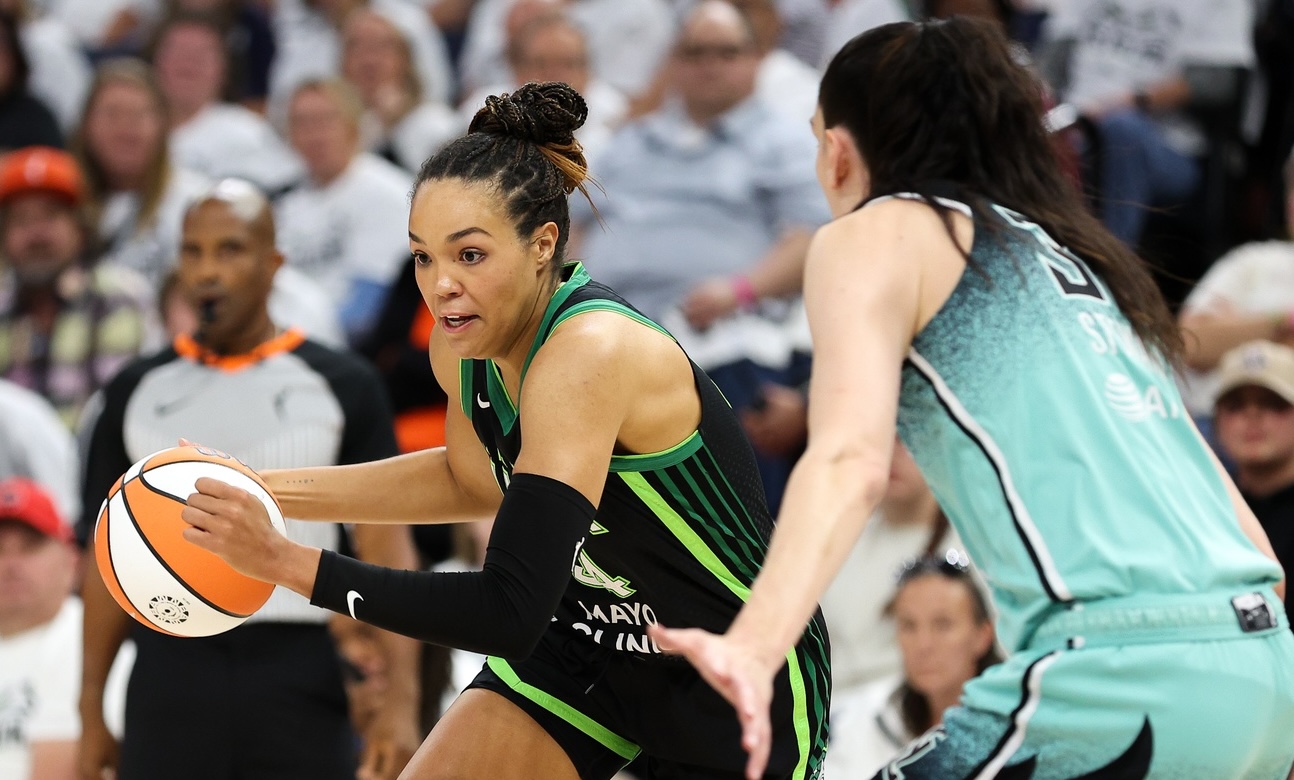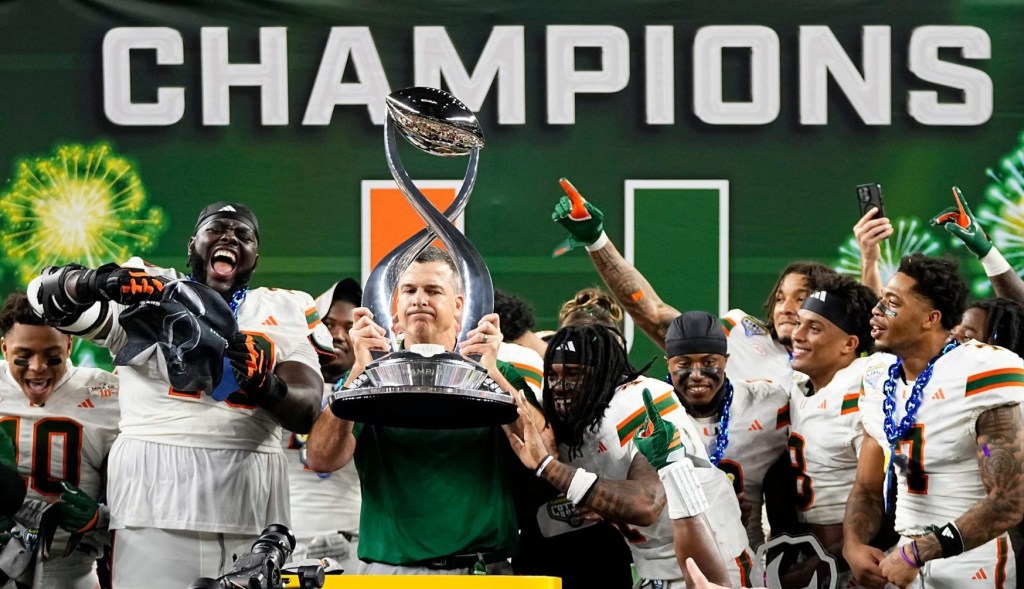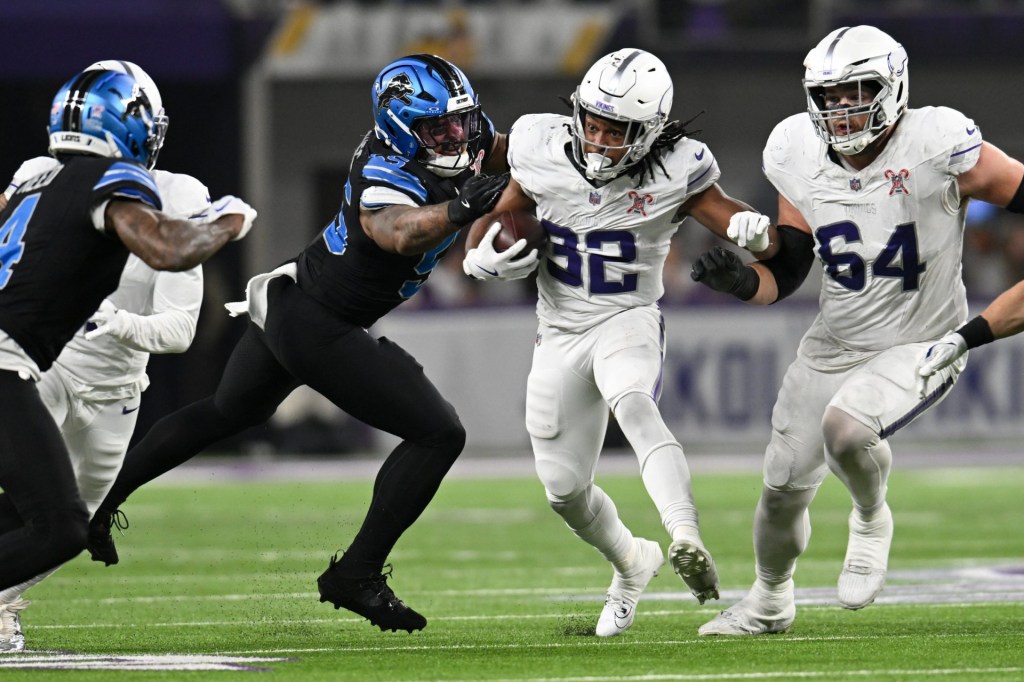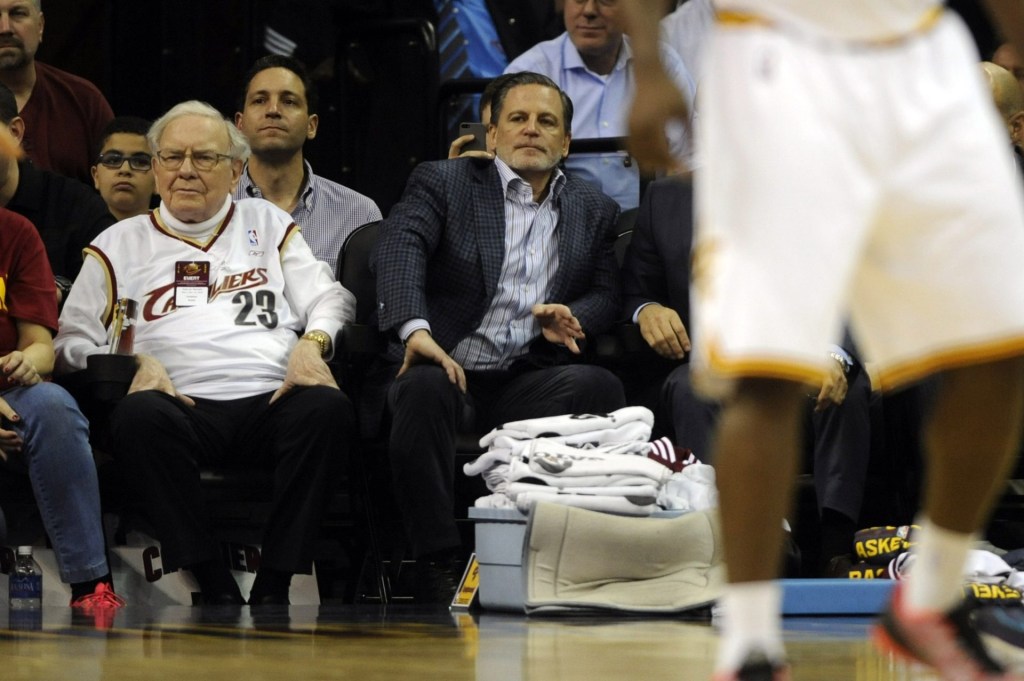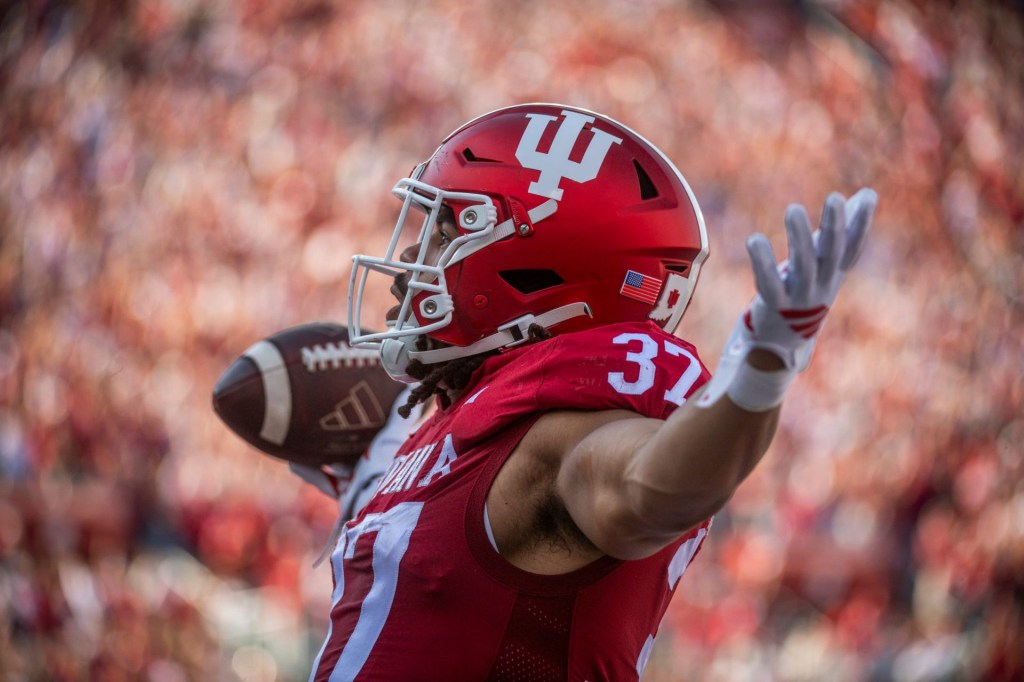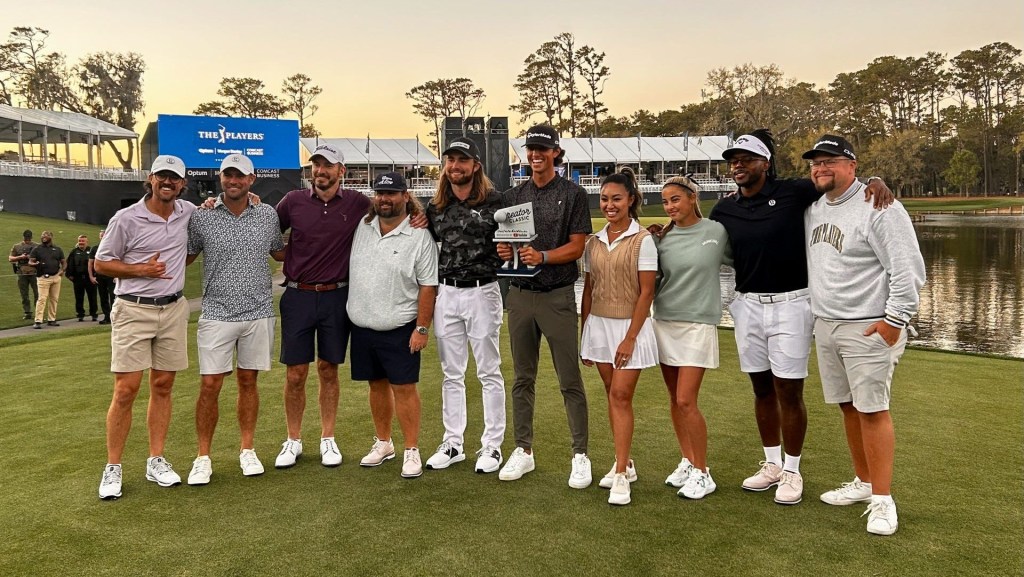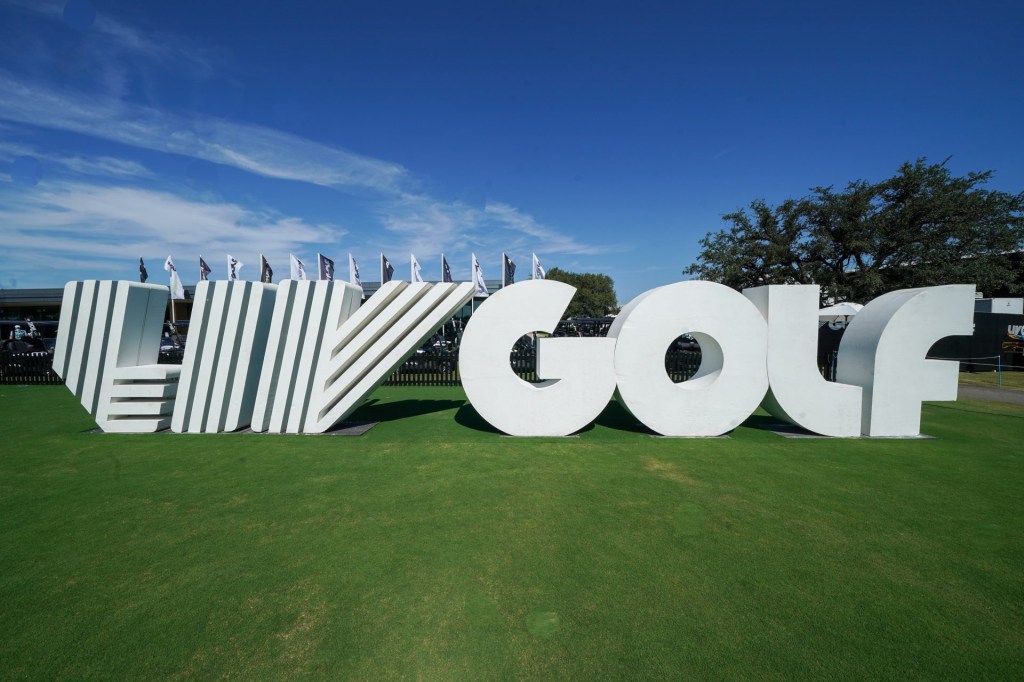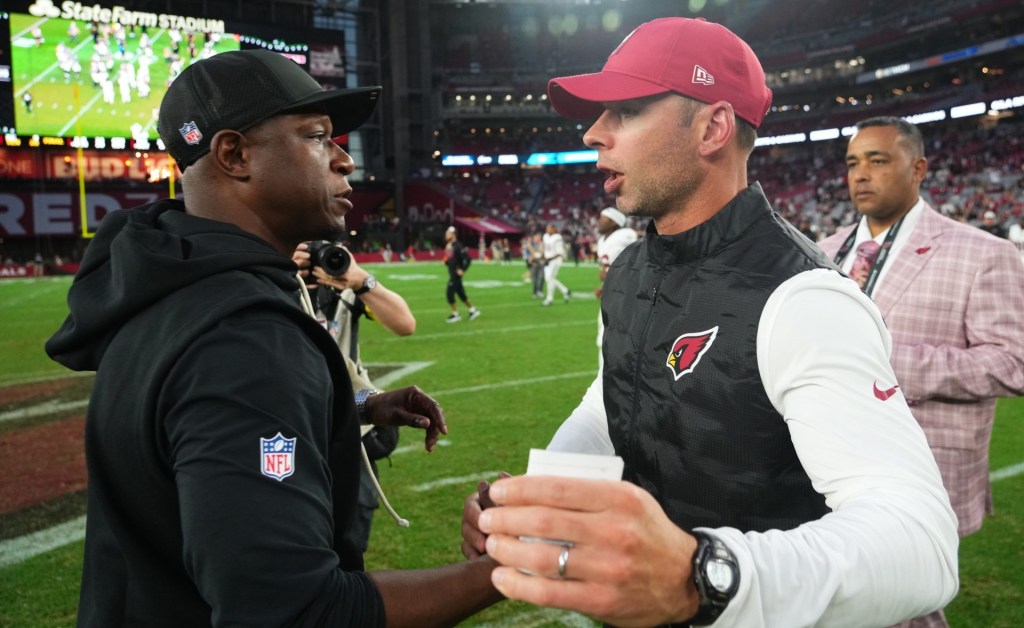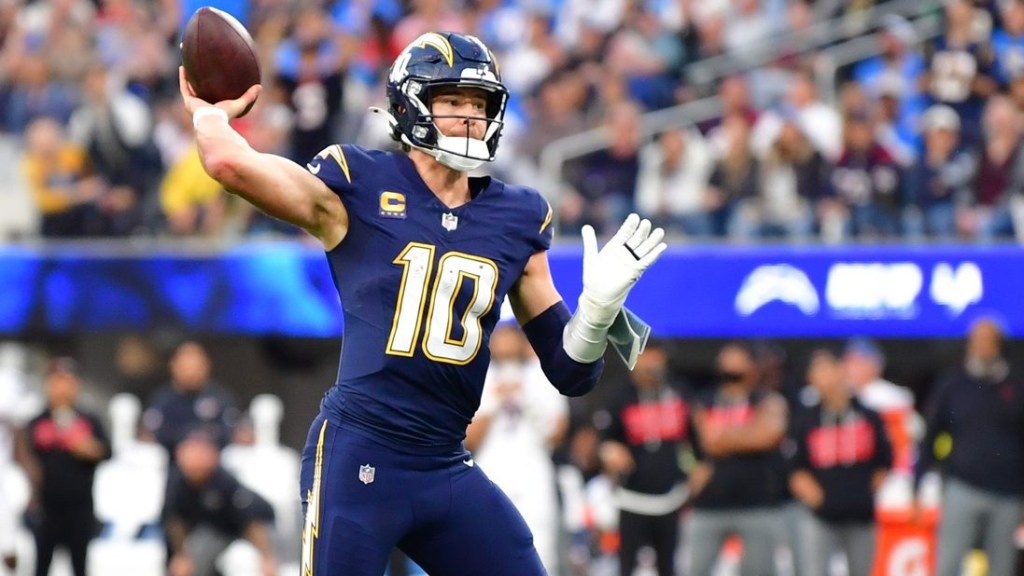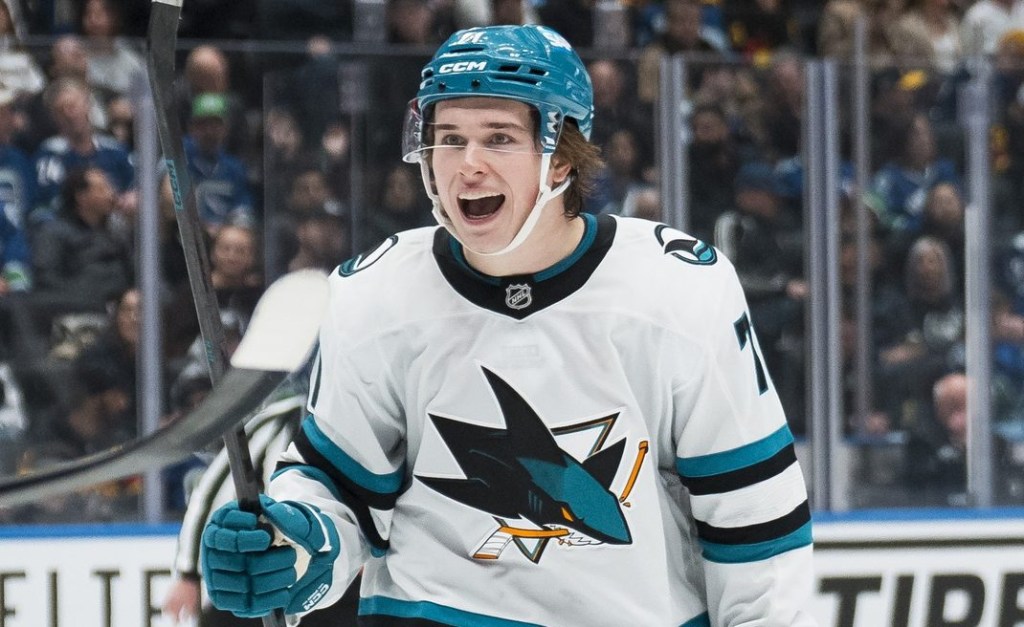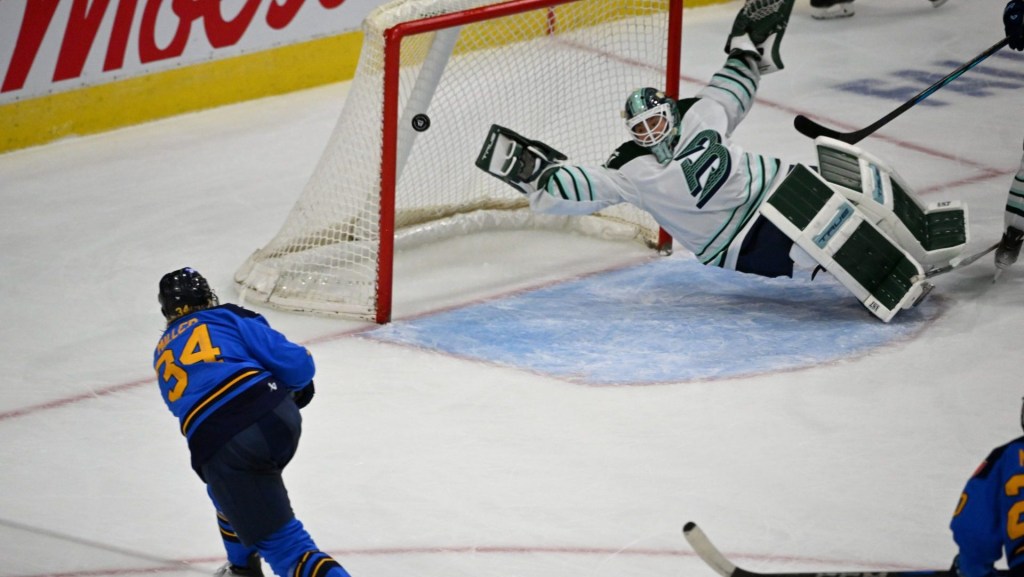The WNBA offseason has started with a bang. It was an expected one, but still has the potential to shake up the league.
The league’s players formally announced Monday that they are opting out of the collective bargaining agreement. The CBA, agreed to in 2020, was previously set to expire after the 2027 season but will now run out on Oct. 31, 2025. The league and the union have exactly a year to avoid a strike or lockout.
The WNBA has never lost games to a labor dispute, although the 2003 draft and preseason were slightly delayed.
The move came a day after the Liberty beat the Lynx to win the WNBA title and has been expected for months. The WNBA is coming off a historic season that saw regular season viewership on ESPN increase 170%, a new media rights deal that will pay $2 billion per year starting in 2026, increased franchise values, and expansion. The WNBA’s new media rights deal will bring in $200 million annually, a $140 million increase from its current deal. The WNBPA’s deadline to opt out was Nov. 1.
“With the historic 2024 WNBA season now in the books, we look forward to working together with the players and the WNBPA on a new CBA that is fair for all and lays the foundation for growth and success for years to come,” WNBA commissioner Cathy Englebert said in a statement.
In a statement, the union said it’s seeking a business model that reflects the players’ “true value” which includes higher salaries, enhanced working conditions, expanded healthcare and investments needed to further grow the league.
“This is a defining moment, not just for the WNBA, but for all of us who believe in progress,” said Storm forward Nneka Ogwumike, the WNBPA president. “The world has evolved since 2020, and we cannot afford to stand still. If we stay in the current agreement, we fall behind. This is a new era, and we are ready to lead transformational change—change that goes beyond women’s sports and sets a precedent for something greater. ”
Among the priorities for players in negotiations are a new economic model, player salaries, minimum professional standards, retirement benefits and pregnancy and family planning benefits. The opt-out comes two months after the NWSL agreed on a new CBA with its union that abolished its draft and limited trades.
In its statement, the WNBPA said it’s seeking an economic model that changes the current system by using an “equity-based” model that grows with the league as its business improves. Players currently receive about 9% of league revenue, with the salary cap set at $1.46 million per team. The WNBA has never been profitable and is expected to lose $40 million this year, $10 million less than was expected, but the new media rights deal could make it profitable by 2026, according to the New York Post.
The union also wants to change player compensation by defining salary and bonuses, and enact increases that correlate with the league’s financial growth. Their proposal sounds similar to the NBA with its salary cap, which is pegged to league revenues. A current maximum salary in the WNBA pays $241,984, while rookie phenom Caitlin Clark made just $76,535 as the No. 1 pick in April’s draft.
The union is also seeking minimum standards that are consistent with other professional sports leagues including practice and game facilities. Recently speaking on Front Office Sports Today, newly hired Valkyries coach Natalie Nakase said standalone practice facilities for teams are major factors in free-agent recruiting.
“I’m trying to tell people who don’t have their own practice facility that it’s a huge advantage,” Nakase told FOS.
The union is also seeking expanded retirement and family planning benefits. Sparks forward Dearica Hamby sued the WNBA and the Aces for workplace discrimination and accused her former team of trading her because she was pregnant.
“One thing I really think is interesting is pension and back pay to players that have ‘x’ amount of years of service,” said Breanna Stewart, a WNBPA vice president, during the Finals. “The other thing is family planning and child care benefits can be a little bit better.”
The league and union will play the 2025 season under the current collective bargaining agreement as the two sides negotiate a new deal.
“This isn’t some sudden wake-up call—it’s the culmination of what we’ve been driving for over the last several seasons, said Kelsey Plum, a union vice president, in the WNBPA statement. “While we understand the costs of growth, investing in players is essential for the league to thrive. It’s not an either/or situation; it’s about creating value across the board. This is business—and we are the business.”
